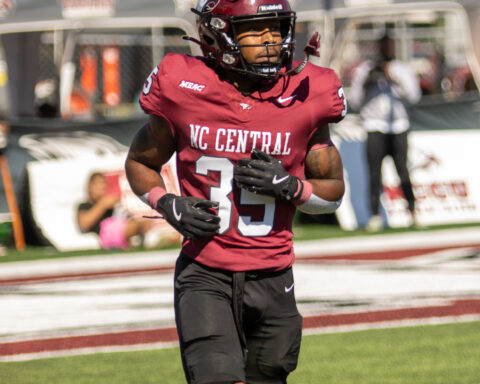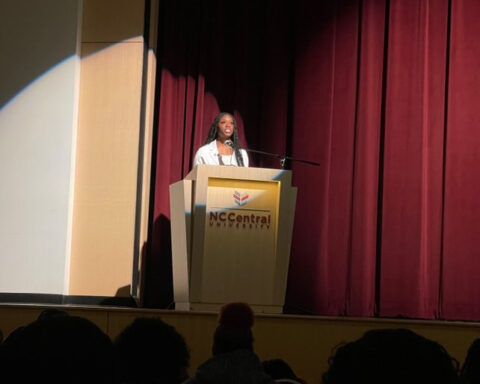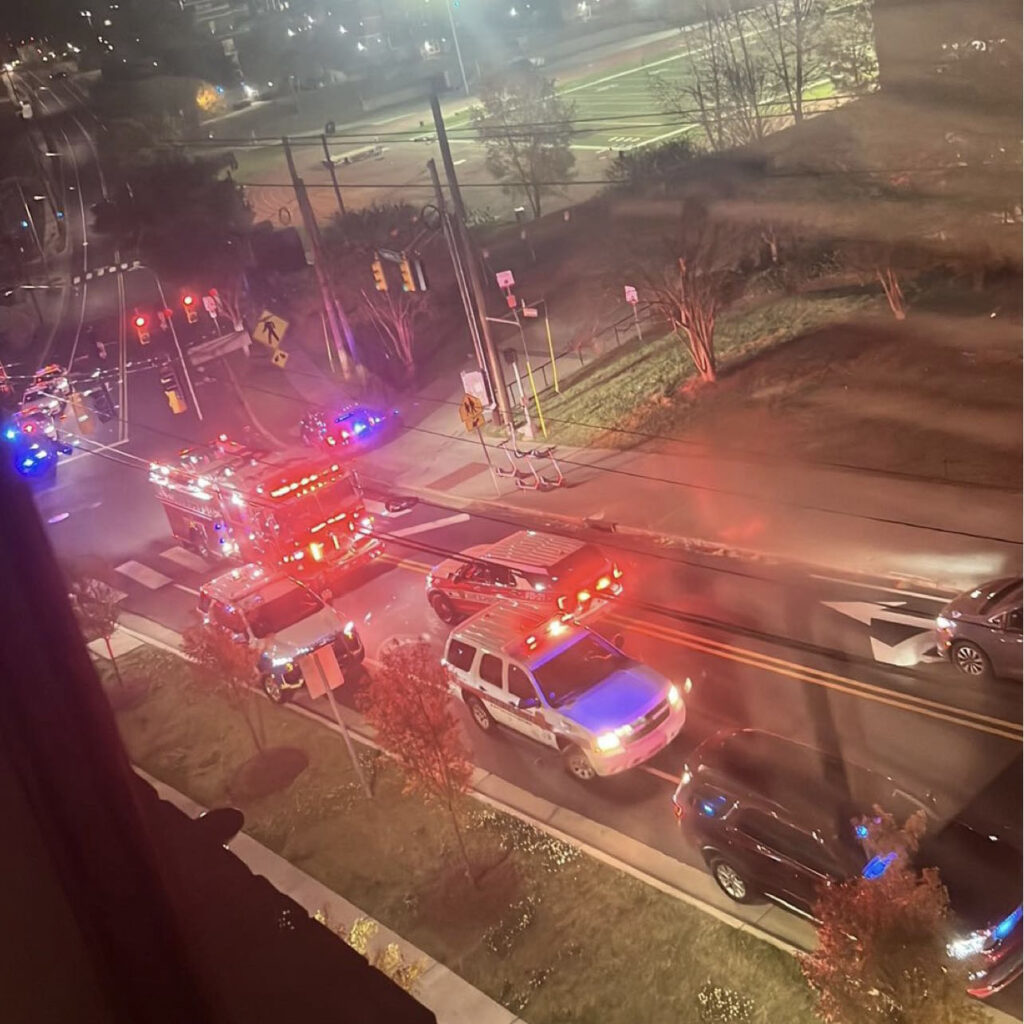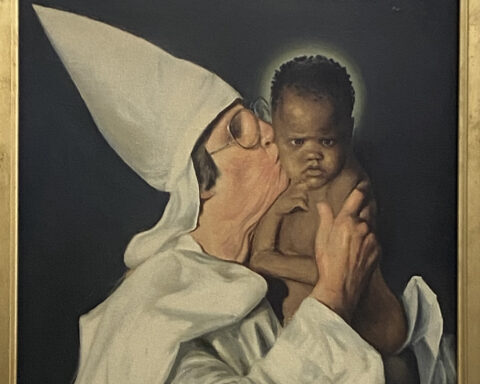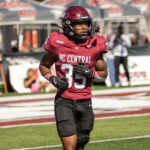The biracial experience is increasingly common in the United States.
According to the US Census, 9 million Americans identified themselves to have two or more races in 2010. In 2020, almost 34 million identified as bi- or multiracial.
And in 1967 only 3 percent of married couples were interracial, but now it’s 20 percent, according to the Pew Research Center.
The fast-growing biracial community is becoming less stigmatized. In fact, according to Gallup Polling, 94 percent of Americans have no issue with interracial couples.
But the community, and its individuals, face unique challenges and stresses. According to the ADA, multiracial individuals “face mental health challenges including anxiety, depression and the imposter syndrome.”
Biracial individuals struggle with self and peer acceptance and choose between two sides they love dearly when deep down they want to take pride in both sides of their identity.
It’s these issues that are explored so richly on social media forums like Instagram and TikTok.
“Growing up mixed race is an extreme sport,” TikTok star, ‘R.mvrnie,’ said. “My entire life I’ve been trying to validate myself because people are always invalidating me. You’re not black enough for the black people, you’re not white enough for the white people, so it’s like damn where the F do I belong?”
Arabica Pleasure, a content creator, also said that she struggled with her identity.
“I remember looking at the white girls and noticing that my body and my hair was different from theirs, so I thought something was wrong with me,” Pleasure said.
One challenge faced by biracial individuals is their struggle to reconcile and celebrate both sides of their heritage. This duality often leads to questions about belonging, as well as the pressure to assimilate into one racial identity.

“I definitely experienced both racism and colorism. I’ve been called the N word by whites, I’ve experienced colorism mostly from black people because I’m light skinned,” said Pleasure. “Black people act like because you’re light skinned, you don’t understand the plight of a Black person.”
In recent years, the rise of social movements and public discussions surrounding race and diversity has shed light on the multifaceted experiences of biracial individuals. This has prompted conversations about the unique challenges they face and the need for greater representation in various spheres of life.
Jeralynn Smith, who has a Black father and a White mother, says she’s always felt a bit isolated.
“I’ve never felt like I was the first pick. If there’s a very pro Black or cultural person, I felt like I had to work twice as hard to fit in,” said Smith. “But as I’ve gotten older, I’ve come to embrace who I am more. People are quick to dismiss you and your feelings about race based on your appearance.”
The narratives of biracial individuals often embody a blend of cultures, traditions, and histories, reflecting the complexities inherent in navigating multiple racial identities.
Despite the hurdles, many biracial individuals have emerged as influential figures, using their platforms to advocate for racial harmony and inclusivity. Their voices and lived experiences serve as powerful testaments to the richness and diversity of America’s cultural tapestry.


